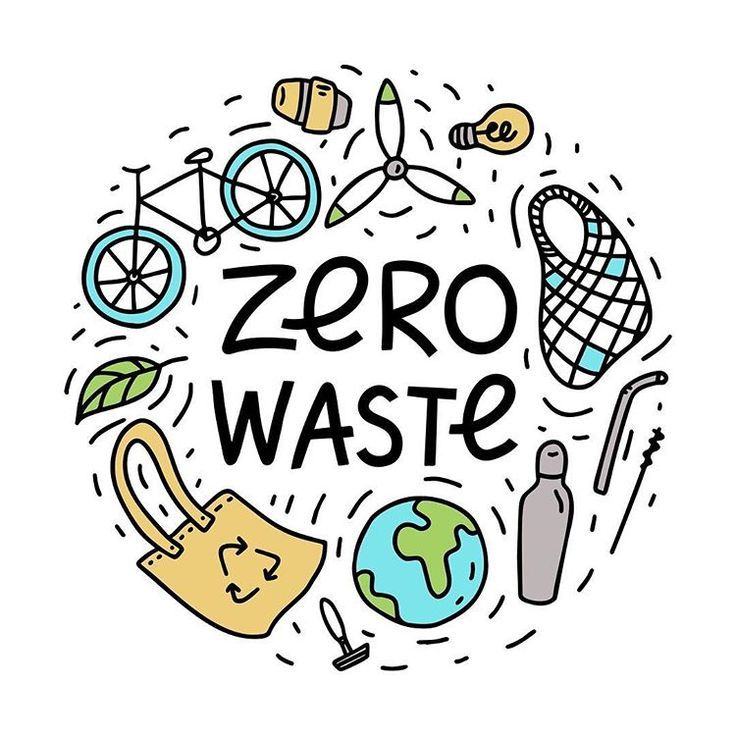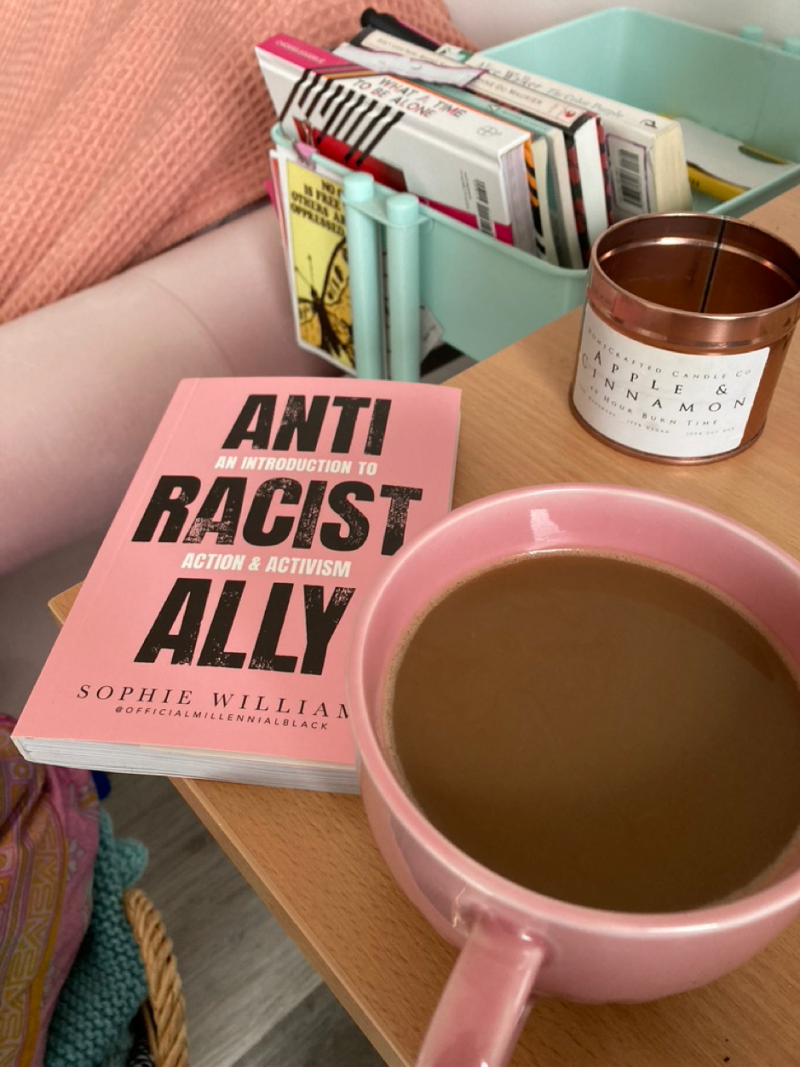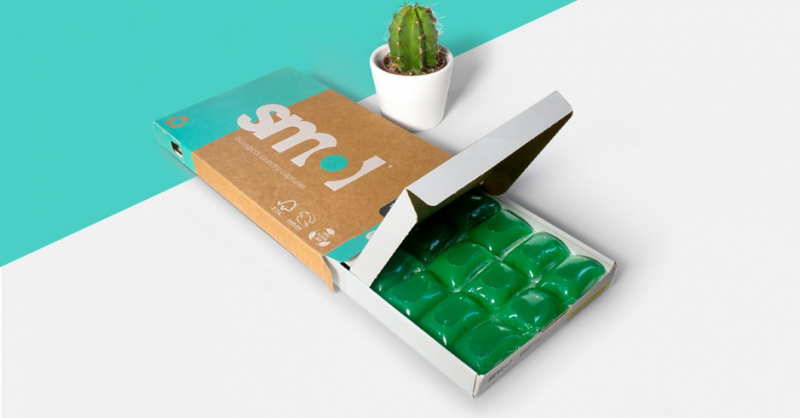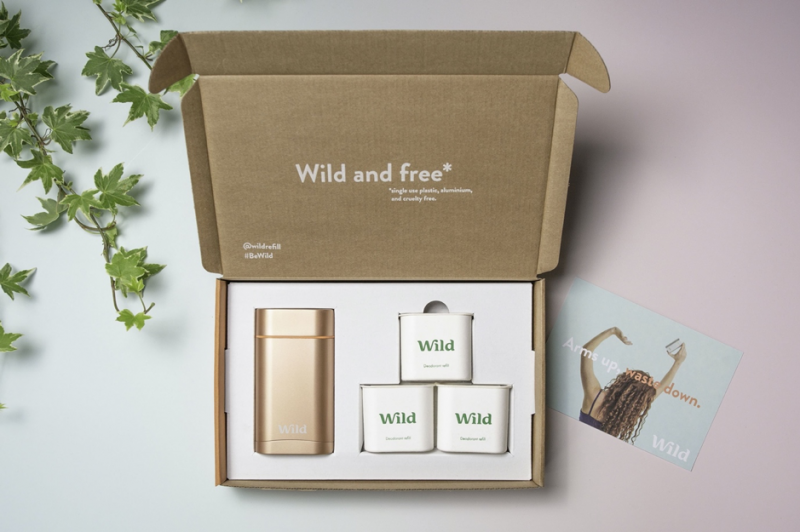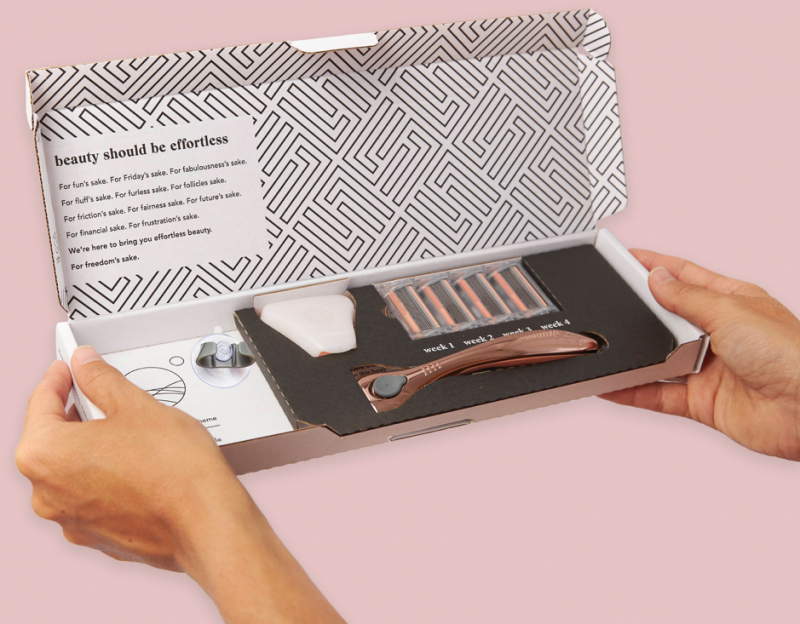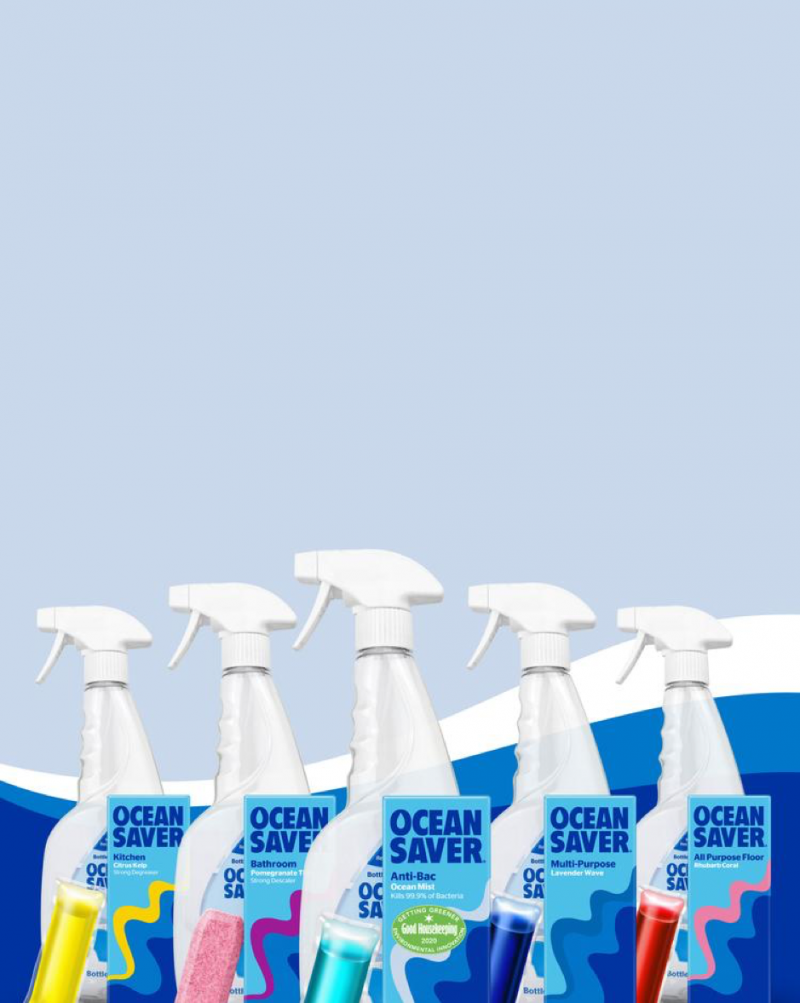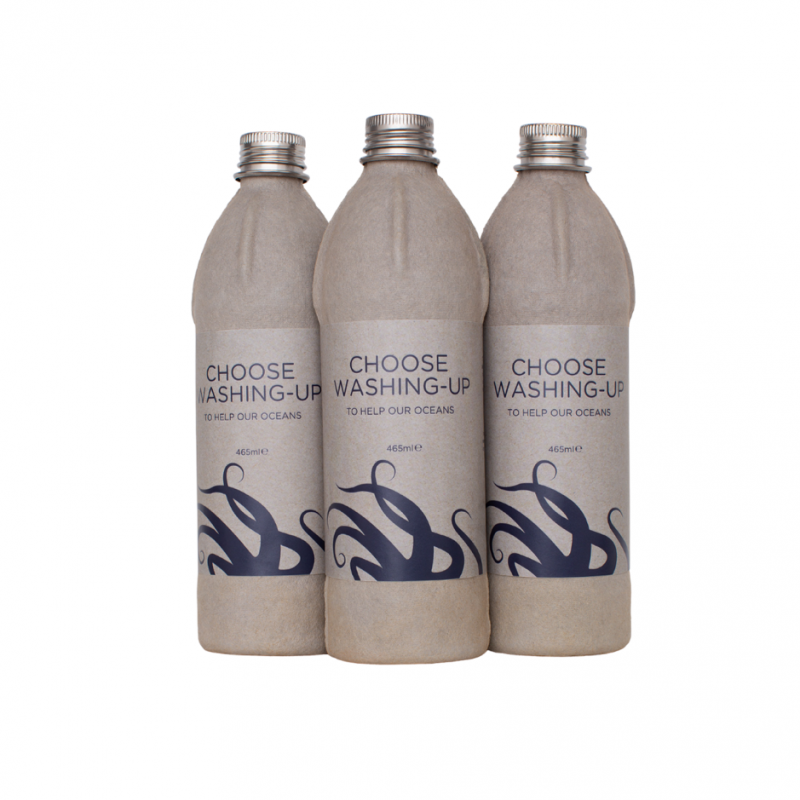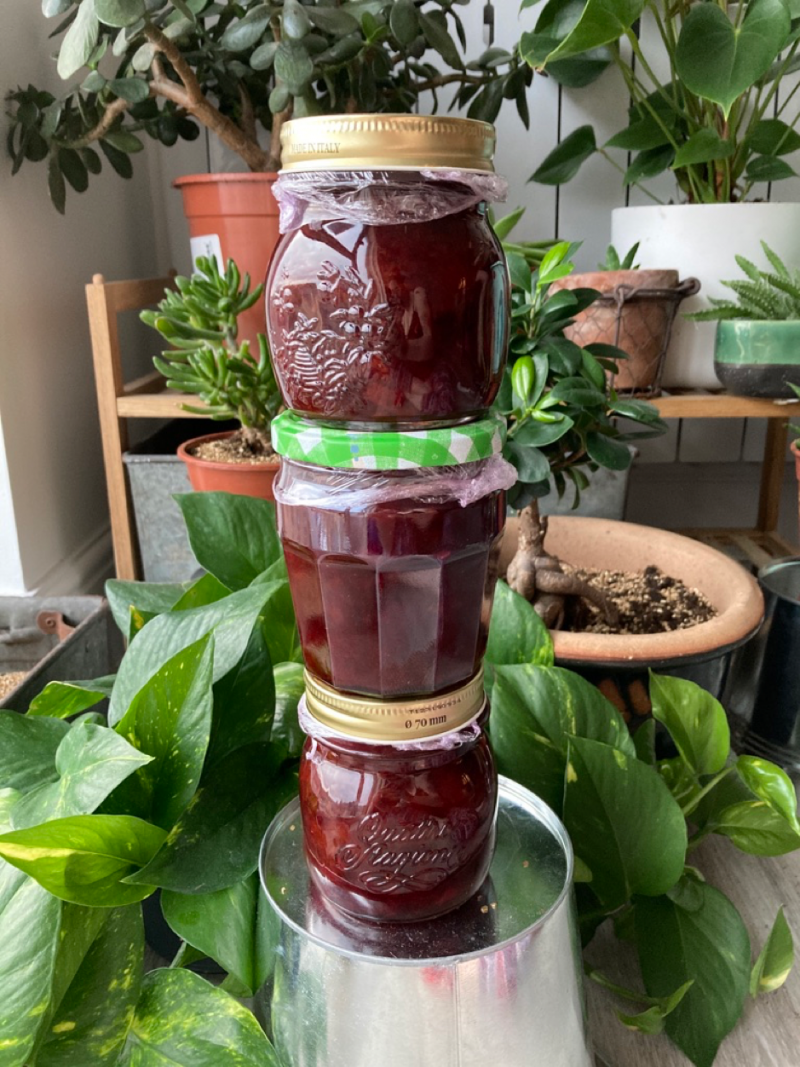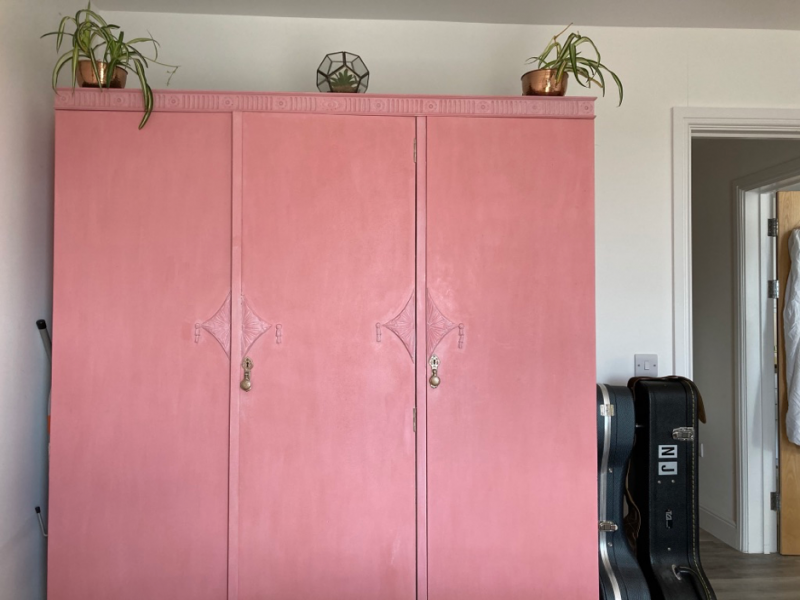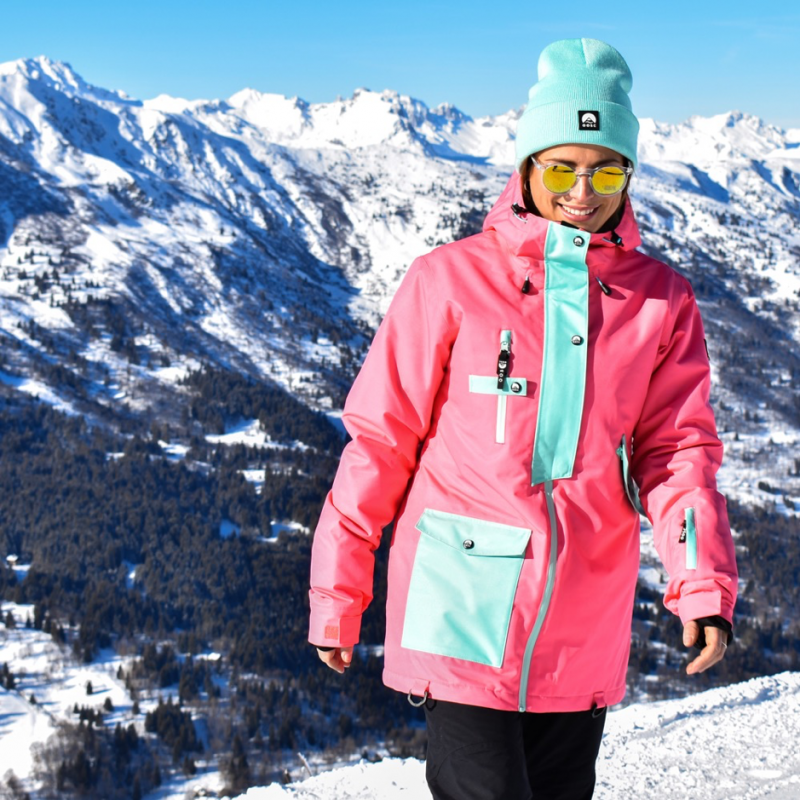Photo credit: Pinterest.co.uk
This week I’m taking you all along with me for a week of zero waste living! Now, a small disclaimer before we start: I’m not currently 100% zero waste. Some things, like medications or post, come in packaging that we can’t control, in those strange hybrids of plastic, metal and paper that don’t seem to fit into any recycling slot very well. So, what does it mean to be zero waste? Essentially, in the name, sending zero, or as little as possible to the big landfill sites. What waste you do produce should (hopefully) be minimal, be reused as much as possible and should be recyclable. Let’s take the example of a plastic yoghurt pot. Yes, it’s recyclable, but that shouldn’t be the first port of call. In 2017, it was revealed that less than half of what gets sent for recycling is actually recycled and used again. There isn’t in effect a ‘closed-loop’ system where that yoghurt pot would be melted down to form a brand-new yoghurt pot. It’s probably quite likely that your yoghurt pot will sail its way merrily out to sea, be indignantly buried with other ‘recycling’ at landfill or sent abroad where locals are inundated with our waste, picking through it to try and find items worth salvaging. None of these are pretty pictures. Therefore, if you did end up with a plastic yoghurt pot, reusing it would be the ideal. Could it house a small plant? Can you store something in there? Are any groups collecting yoghurt pots for projects? If you would end up with so many yoghurt pots that your home would be inundated with little plastic soldiers, could you reconsider your purchases? Do you need to buy individual pots? Could you buy larger pots that would then be more useful to you to reuse? Do you need to buy them at all? Could you reduce how many you’re buying? These are the factors that come into zero waste living. To give you an idea, let’s jump into the week with me!
Monday:
Every day starts at 8.30am, when my cat begins shouting through the bedroom door for her breakfast. Lots of cat food comes in soft plastic packaging which can’t be recycled or very readily reused, so I try my best to source good quality tinned food. Tins and metal have an extremely high recycling rate, due to their make-up, which is vastly less complex than plastics. Metals also have a lower degradation rate, meaning that each tin can could be re-made into more tin cans many more times than a plastic bottle could be made into further plastic bottles. However, we don’t always put our tin cans out for recycling. Instead, if the tops aren’t too sharp and therefore unsafe, we use them as organising spaces for desk drawers, plant pots, tea-light holders (on a cork mat to avoid burns to surfaces) or anything else that a tin can could be used for!
Next on the agenda is coffee. We are big caffeine addicts in this house and are really lucky that we have a coffee shop local to us that roast their own beans. We bought a grinder second hand and use these beans to make stove-top coffee. The beans come in a paper bag, so no plastic and a bio-degradable bonus. Did I forget to mention that it tastes absolutely fantastic? It really is a great way to start the day.
I have online classes for my MA today, so I spend most of the day sat at my desk. When my lunch break comes around, my partner has made some soup. Soup is a zero-waste dream, because pretty much anything can go well into soup. Sad vegetables can be transformed into the most delicious midday moment with the help of a stock cube and a blender. This week, we had tomato soup from the crate of tomatoes I managed to buy cheaply from a local restaurant who had over-ordered and were looking to shift some stock. Along with the tomatoes, half an onion, a carrot and some celery made for a hearty soup.
Matching my coffee mug and book today!
Tuesday:
We start the day again with cats and coffee, but after I sit down to drink my coffee, the doorbell rings and the postman passes me a parcel. I bought a pair of trousers from eBay and they had just arrived. Buying second hand is a brilliant way to introduce zero-waste into your life. Many things listed online can be barely used, or even new in the box and unwanted. The price point is usually much cheaper, so it saves money. Importantly though, it breaks up the chain of supply and demand within fast fashion. What is fast fashion? It defines clothing that is cheaply made, mass-produced and oftentimes, incinerated at the end of the season as new trends come in because items are overproduced. Rather than 4 seasonal collections, fast fashion brands have a weekly collection, meaning that 52 sets of clothing are produced every year. 85% of these end up in landfill or the incinerator, releasing harmful, toxic gases into the air and microplastics into the soil and ocean.
So eBay, Depop, Facebook Marketplace or a good old fashioned charity shop are my usual ports of call. This week, I bought a shirt that still had its tags on for £10. The tags say it was being sold for £80! A win for me and the planet.
I wash everything when it comes through the door, especially in the current climate. For laundry, I’m a Smol convert. They do bio and non-bio laundry pods, dishwasher tablets, as well as a concentrated fabric softener. These pods are cruelty-free and come in a cardboard box, which can be recycled due to there being no residue on the inside. The bottles for the conditioner can be returned to Smol for their own closed-loop recycling system. The first set of conditioner that you order comes with a pump and subsequent orders then are screw top so that you reuse your pump. The benefit of liquids in your washing machine is that microplastics from clothing aren’t agitated and released into the water, as they would be with powder. These products also smell gorgeous when they come out of the wash!
For breakfast, I used some old bananas that had been frozen when they went brown to make a smoothie, blended with some oat milk and a spoon of peanut butter. Lunch was leftover soup from yesterday! For dinner, we baked potatoes, bought packaging-free, and had those with baked beans (another tin can for my organising!) and Linda McCartney sausages, which are packaged only in cardboard.
Smol laundry pods in cardboard packaging (Credit: smollaundry.com)
Wednesday:
This morning, after drinking my morning java, I took the coffee grounds into the shower with me. They make a brilliant body scrub that really invigorates the skin. I have been using bar shampoo and conditioner from Etsy for over a year now, and I really love it. It comes in cardboard packaging through the post and is £8.00 for both. My hair feels so shiny and light since I’ve been using it and it has really streamlined my bathroom now that I don’t have plastic bottles clattering around the shower. I also use bars for body wash. Right now I’m really enjoying the Body Shop festive bars. They’re creamy, smell incredible and come in cardboard sleeve.
When I get out, I use Wild deodorant. The first time you buy Wild, a metal casing is sent to you, along with the insert. The insert is plastic free and compostable, and the deodorant itself is aluminium free so you don’t need to worry about any nasties. You have your choice of scents which you can change every month for your delivery. Traditional roll-ons are usually packaged in a way that is too complex to be recycled so end up in landfill. Spray deodorants are very harmful to the environment due to their CO2 emissions. Solid deodorants are definitely on the rise in popularity. I wasn’t sure how I would take to it, being a fragrant person towards the end of the day on occasion! However, I’m really seeing the benefit of a solid deodorant and would definitely recommend it.
Now that I’m washed and ready for the day, I start with some of my reading. I buy as many of my books second-hand as I can. I also buy eBook versions, as it means that postage, packaging and physical materials aren’t necessary if the book isn’t available second hand. One of my favourite places for second-hand books is World of Books as they are always great quality. Other places I use include Abe Books, Amazon Used, eBay and Oxfam. The only downside is that often books can be sent in soft plastic packaging. This is annoying but if I open the package carefully, the bags can be reused for when I need to post something somewhere, thus prolonging the life of a material that was only ever designed for single use. Over a third of single-use plastics end up in the ocean and they take at least 500 years to break down. Even then, they form polluting microplastics that can even end up in your food!
Wild aluminium casing and refills cased in paper (Credit: Wild UK)
Thursday:
It’s another day of classes for me, so I settle in with a big bowl of porridge. I topped it with some apple sauce that I made last month. I love to make preserves out of fruits and vegetables, which I store up in jars and usually end up giving away to people! This apple sauce was made from apples from my partner’s parents’ apple tree. I also added some sage to it because of how beautifully the two complement each other. The day is off to a good start!
After all that thinking, I need a treat. It’s bath and facemask time. The shop on Etsy that I buy my shampoo from also makes fabulous bath fizzers. One of those and the bathroom smells incredible. They are sent in paper bags in multiples of four, but I usually buy about 16 at a time! I have quite sensitive skin and they’ve been lovely for me. I also put on a clay face mask. This mask is sold in a metal tin and is in powder form. You take a little pinch of the powder and mix with a tiny bit of water. I always end up making too much and coating my neck too! As I’m feeling extra fancy by this point, I decided to shave my legs. I know. It’s definitely a treat day. I use FFS reusable razor, as I used to buy the disposable BIC razors. The handle is a rose gold metal and the blades are exceptionally sharp, which doesn’t always go in my favour, but today is a good day. FFS have a closed-loop recycling system, so you post used blades back to them and they send you more when needed. They have a small amount of plastic in the spare blade holder, but this is sent back and reused, so we have avoided waste yet again!
Post shaving, moisturising is important. A crucial rule of zero waste is to use what you already have. I had a staggering number of moisturisers in stock in my bedroom cabinet, so right now I’m still working through that supply. Each plastic pot that gets emptied will be reused many times before they go anywhere near a bin. That’s the beauty of a hard-plastic pot; if it can’t be avoided, it can be given a new purpose.
FFS Shaving starter pack with a metal handle, refill blades and guard (Credit: ffs.co.uk)
Friday:
Time for a bit of a clean-up today! When I’m cleaning, I have a few favourite products. Soda crystals, which can be bought in a cardboard box from most shops, are a natural and safe way to clean so many things. Stains on clothing? Marks on carpet? Blocked sink? Burned hob? Soda crystals are your friend, either in a paste with some vinegar or with the assistance of some boiling water.
If you’re looking for a spray, my go-to is Ocean Saver. Bottles of kitchen and bathroom cleaner are mostly water cased in plastic, but pods like Ocean Saver cut out the middle man by just supplying you with the most important part – the bit that does the cleaning! Each pod comes in a small cardboard box. You put the pod into a spray bottle of clean water, give it a shake and it dissolves, then you’re ready to go. If you’re wondering how you know what’s in each bottle, you’re provided with a handy sticker to let you know. Today, however, I received the new Smol tablets that I had pre-ordered. They do a kitchen, all-purpose and glass cleaner that dissolves in a bottle. I cleaned the windows with them and I was very impressed!
The full Ocean Saver range (Credit: ocean-saver.com)
When I’m doing my dishes, I use a coconut scrubby for plates. It’s biodegradable and doesn’t lose its scratchy quality over time, so it really doesn’t need replacing too often. When they’re done with, I put them into my household food recycling bin and they break down naturally. For glasses or anything that is too narrow to fit the coconut scrubber into, I have a long bottle brush made from bamboo fibres and wood. This will also break down when it’s no longer in use, unlike regular kitchen sponges which aren’t durable, will never break down into natural particles and will add more micro-plastics to the environment.
Instead of regular dishwashing liquid that comes in a plastic bottle, I originally tried using solid bar soap. I didn’t get on with this so well, as I found it left a bit of a residue. However, I’ve been using CHOOSE liquid recently, and I have to say, I’m really loving it! The bottles are made of cardboard and the cap is metal. I transfer the liquid from the cardboard bottle into my glass one that I keep on the counter. The cardboard bottle will break down and the metal lid can be recycled.
Washing up liquid in cardboard and metal packaging (Credit: choosepackaging.co.uk)
Saturday:
If you hadn’t noticed, I rely a lot on subscription items for my zero waste, which may seem counter-intuitive. However, finding these items in your local corner shop can be a pickle! I don’t have time to spend hunting different stores to find what I need, so these work for me. Today my partner repurposed some rubber ducks that we had had in our bathroom. We hadn’t put them back into the bathroom since we moved, so they had been hiding in a box under the sink. They are now painted gold and are going to be Christmas decorations! We paint a lot of things. The majority of our furniture has been upcycled from found or second-hand pieces. For example, the dining table that I’m sat at right now was actually traded to us in receipt of some jars of jam that I made. We had jam, they had a table. We both wanted what the other had, so we ended up doing a swap!
A selection of plum jam that I made
My partner sat very patiently and sanded and painted it until it was completely how we wanted it. We then realised we didn’t have any chairs to sit at our table, so through Gumtree, we found some chairs that were painted to match the furniture we already had. Our biggest project was the wardrobe, a huge 1920s piece that was on eBay for £10! It was caked in dust and thick gloss black paint, but after a lot of sanding, scraping, painting and waxing, it was beautiful and pink! We made the furniture we not only needed but wanted, saved money and saved the planet by avoiding flat pack, which would be all that we could afford. Flatpack industry creates a lot of toxic emissions, as well as using a lot of energy to create. It also saves future waste, as flat packs generally aren’t built to last and will most likely end up in landfill. So, today I’m appreciating our space as I sit here writing this.
Our big, pink wardrobe!
Sunday:
Today is a gardening (inside) day. We had some avocadoes for breakfast but couldn’t resist keeping the stones to try and grow plants. Right now, we have some lemon seeds growing out of yoghurt pots, as well as some orange seeds. In the fridge, we are hoping that some apple seeds are going to germinate. They’re very complicated to grow, it seems!
We also managed to dodge the rain and take a little walk around our area. My raincoat is made from recycled plastic bottles that have been given a new lease of life by the company OOSC who make ski wear. They also use only organic cotton in their designs, meaning that no pesticides or fertilisers are used and released into the water. The cotton is grown in Europe too, meaning that the carbon footprint is reduced for the materials. We decide whilst we are out to go to the shops to pick up some apples to make a pie with for our tea. I always try and make sure that I have a reusable grocery bag somewhere about my person because plastic bags are a huge problem – did you know that every second, 160,000 plastic bags are used? I try and avoid using them myself as much as possible, but sometimes, you end up with one, as hard as you try. The best thing to do then it to reuse as much as possible! As we’ve been talking about the best practice for zero waste, I’ve made a little guide to end this week with to help in the future.
The coral and mint ski jacket from OOSC (Credit: OOSC Clothing)
Reduce: Do you need to buy this item? Is there a packaging-free or even a plastic-free way to buy this? Can it be sourced in a different way, i.e. fresh or tinned? Could you make it yourself? Do you have something already that would work instead?
Reuse: So maybe you ended up with an item that came with packaging, or maybe you bought a fast-fashion piece. Can the packaging be used again, as a container, to refill with something else, as a cover? Can it be donated to a local group that is collecting that item? Can clothing be re-worn or fixed? Can it be made to look different or styled another way? Do you know someone who would benefit from the item? Can materials be used to make something new and prolong the life of an item? Is there a local repair shop that could help?
Recycle: Is there a clothing recycling place near you? Can it be sold? Does it fit into the household recycling categories? Is there a company that recycles the specific item, such as electronics? Is there any way that more of it can be saved to recycle in bulk rather than going to landfill?
Only after you have passed through all of these possibilities should the concept of something heading to the big black bin enter your head. Our waste doesn’t just disappear. There are always consequences to our actions and unfortunately, the planet often ends up taking most of the hits. I hope you’ve enjoyed this week with me and I look forward to joining you again soon!
